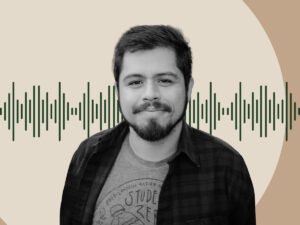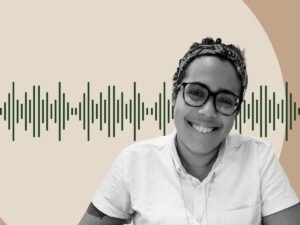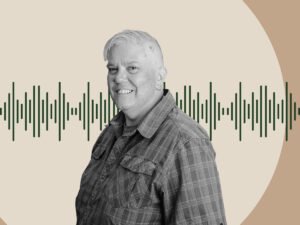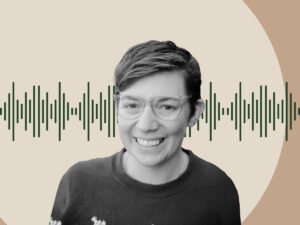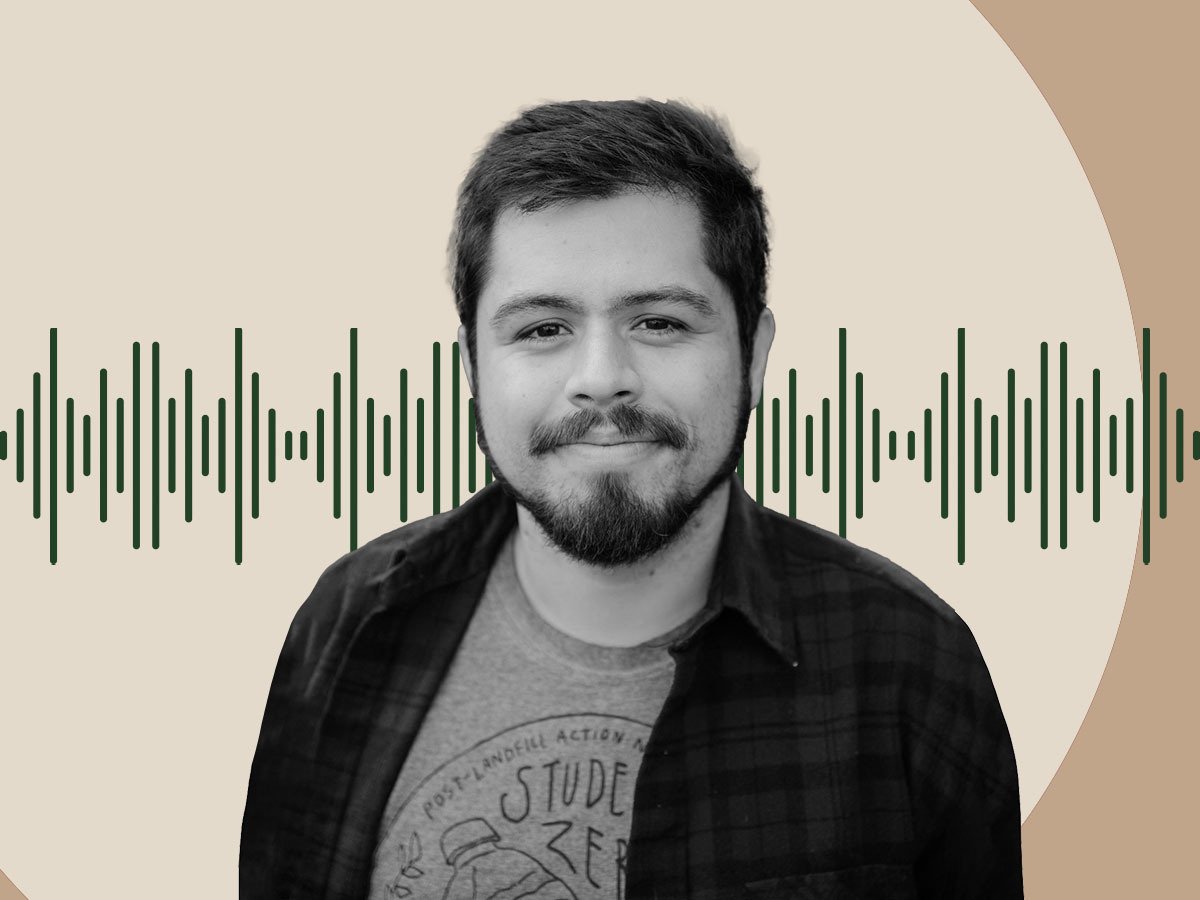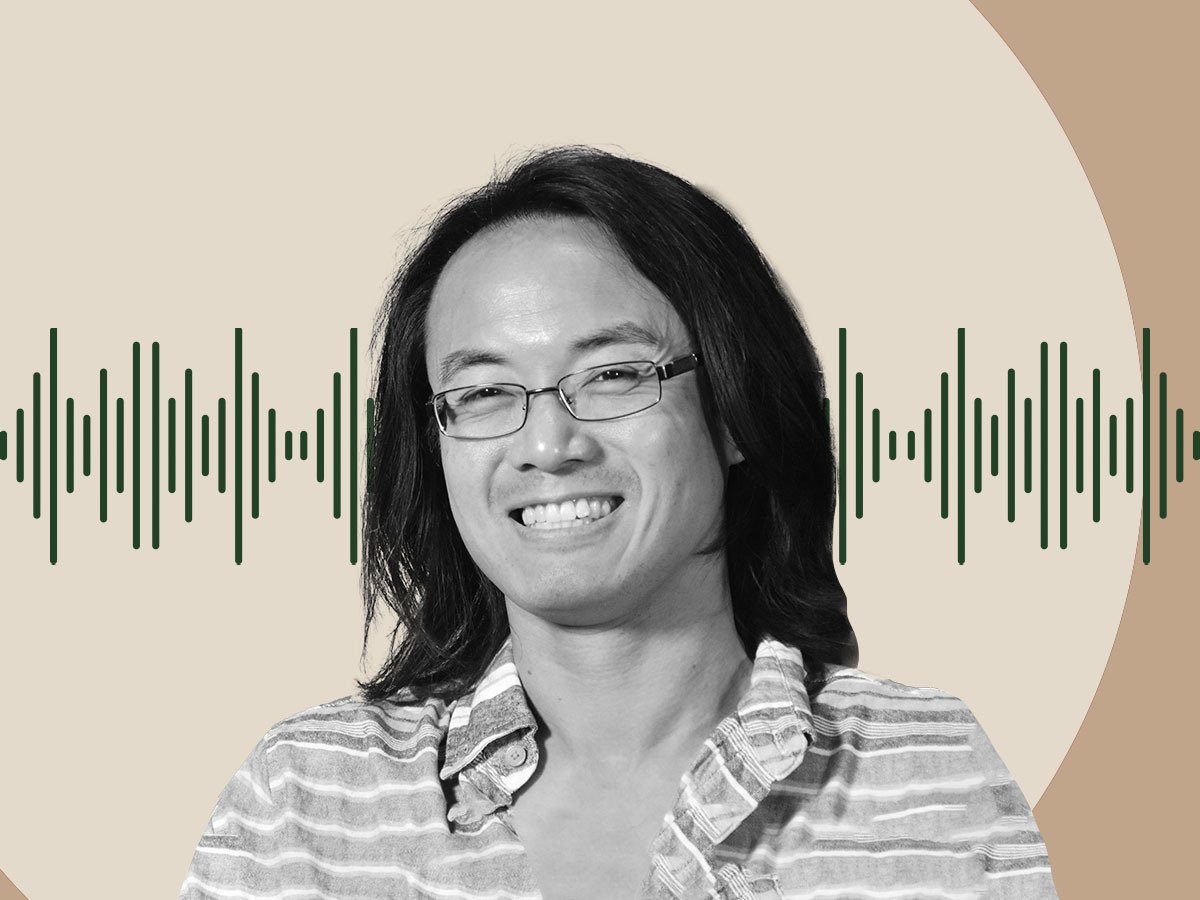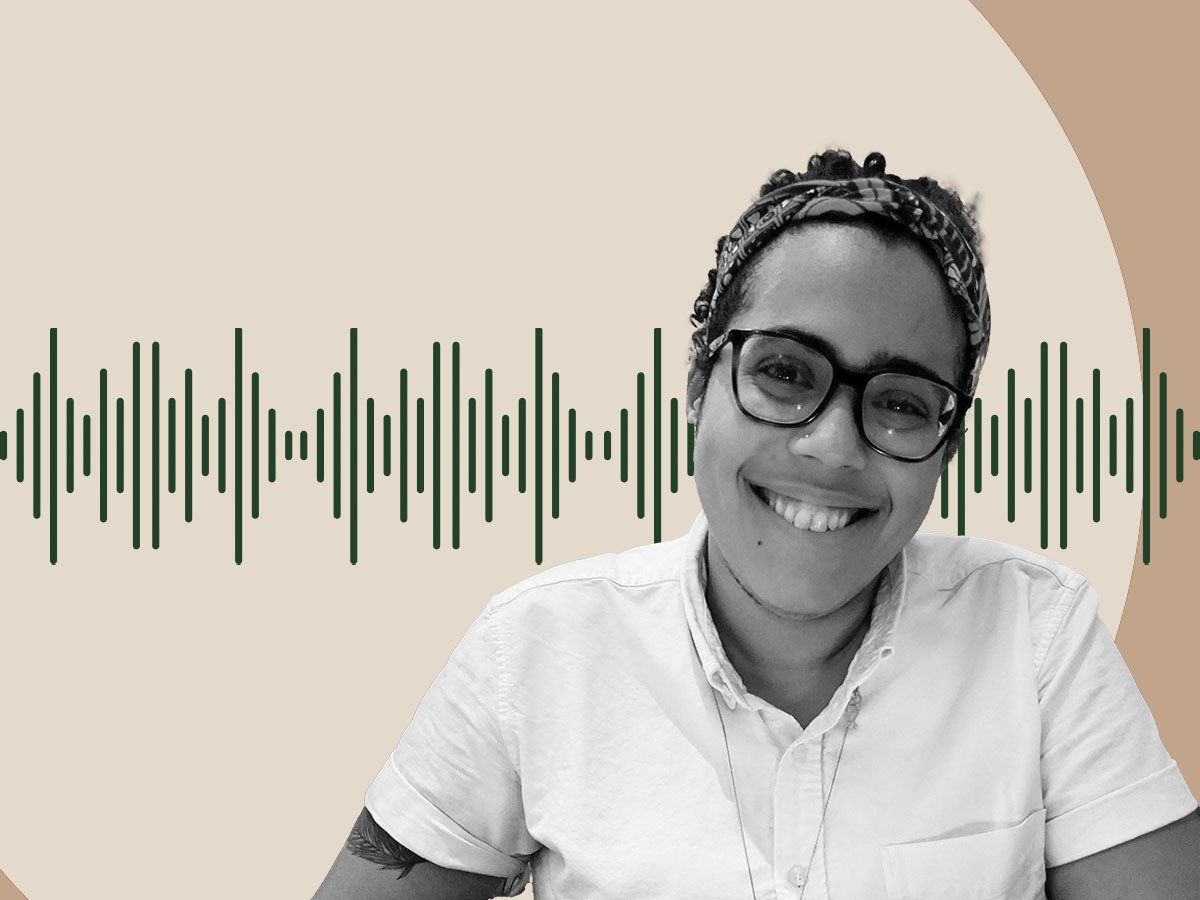
Editors’ Note: This article is reprinted with permission of the Grassroots Fundraising Journal.
People serve on an organization’s board of directors because they have a passion for the group’s mission and vision, not because they love strategic planning. But strategic planning falls squarely in a board member’s lap of responsibility. Fortunately, board members can share their laps with people outside of senior management to include other staff members and constituents.
Two organizations on two coasts—Rhode Island Coalition for the Homeless and California Rural Legal Association—both found successful and innovative ways to include more voices in their strategic planning processes. A third organization chose a participatory method to evaluate their programs. What follows are some of their best practices and tips for making organizational strategic planning and evaluation as inclusive and effective as possible.
Rhode Island Coalition for the Homeless: Inviting Constituents to the Planning Table
The Rhode Island Coalition for the Homeless, a 25-year-old statewide member-driven organization that pursues solutions to homelessness, started their strategic planning process with a Capacity Building Pilot Project grant from the Rhode Island Foundation. The grant provided funding to hire an organizational development consultant. The Coalition selected Gayle Gifford, ACFRE, co-founder of Cause & Effect, to lead the organization through the process.
Since an integral part of the Coalition’s proposal included reaching out to constituents and raising their voices, Gifford advised them not to adopt a top-down approach to planning but to include constituents in the planning process.
Though 3 of the 10 staff members have experienced homelessness along with 5 of the 23 board members, the Coalition’s Executive Director, Jim Ryczek, wanted to bring even more homeless constituents into the organization’s governance. Ryczek aspired to do so since he started at the Coalition in 2006. Bringing these voices into the planning process started the organization on that road.
To insure participation by a broad spectrum of the community, the Coalition formed a steering committee comprised of board members, staff and constituents. This group held a brainstorming session designed to think about the best people to serve on three Learning Groups:
- Ending homelessness in Rhode Island;
- Building a stronger coalition; and,
- Meaningful constituent involvement.
All staff members and most board members served on a Learning Group.
The Coalition urged steering committee members to reach out to their networks and think beyond the geography of the greater Providence area with a goal of identifying 20 to 30 people per Learning Group. Committee members issued invitations to join the Groups followed by phone calls to discuss the Group’s intent. In the end, 15 to 18 people signed up to participate in each Group.
The outreach effort didn’t end there. “Each of the Groups had a list of groups to invite to broaden their perspective, to broaden the topic,” said Ryczek. The Learning Groups met monthly for a year. All three Groups limited their meetings to 90 minutes. The funding allowed the Coalition to hire a consultant to facilitate a Group and provide technical support and accountability.
Before the planning process ended, the Coalition decided to start living up to their principles of including constituents in their governance by forming the Community Advisory Committee (CAC). The CAC, comprised of homeless and formerly homeless constituents, advises them on their programs, policies, advocacy, legislation, and organizing efforts. The CAC continues to meet every other week at the Coalition office.
Not everyone involved in the planning process felt comfortable including constituent voices. “We got a lot of flak for asking constituents. It’s the whole charity (thing), ‘We’re giving them something, how dare they question (it),’” said Ryczek, whose staff already worked with constituents in other capacities. He said some people’s criticism seemed to imply, “Those few homeless people (in the CAC) can’t speak for all homeless in the state.” Ryczek countered with, “They certainly do have a right to talk about the experience of homelessness.”
In the end, the Coalition’s board approved formation of the Community Advisory Committee. “I needed the backing of my board, and I got it,” said Ryczek whose board includes community allies and community service providers. “It made us be mission driven.” The Coalition’s mission includes “pursuing cooperative and collaborative solutions to the problems of housing and homelessness.”
Though the Coalition had a long history of working with constituent groups, they didn’t always give them a seat at the table. “The whole strategic planning cemented the constituent voice,” said Karen Jeffreys, associate director.
During the planning process, the Coalition took the next step in expanding their outreach to constituents by agreeing to serve as the fiscal agent for a grassroots organization of currently and formerly homeless people, the Rhode Island Homeless Advocacy Project (RIHAP). According to Ryczek, the two organizations “hammered out an Memorandum of Understanding, which delineated roles and how we wouldn’t interfere with their governance and decision-making process.” RIHAP initially intended to stay with the Coalition until they received their own tax-exempt status, but they still remain with the Coalition today.
Coalition staff members and interns attend RIHAP’s weekly meetings. RIHAP members serve on the Coalition’s Community Advisory Committee and attend their board meetings. “We all view [RIHAP] as a peer organization that has an important voice. They can be more direct and radical in their approach. We can’t go to the lengths that RIHAP can,” said Ryczek, who recognizes the need for the Coalition to maintain good relationships with the governor or members of the Rhode Island General Assembly. RIHAP’s first major victory was winning a statewide Homeless Bill of Rights, the first in the country. According to Jeffreys, RIHAP’s partnership with the Coalition was invaluable in providing resources and time to win this campaign.
In addition to focusing on strategic planning, Gifford, the Coalition’s organizational development consultant, raised the issue of fundraising. Though they hired a fundraising consultant to help raise funds, Ryczek listened to Gifford’s advice that fundraising work must be done internally. “In the end, it’s our board president and I who need to build relationships with donors,” said Ryczek. Ryczek readily admits he used to think that since the Coalition’s work and the issue of homelessness often appear in the news, people would just give. “Gifford would say, ‘Have you asked them [for money]?’”
The Coalition currently wants to turn the 6,000 people who have expressed interest online by becoming a “fan” on Facebook, following them on Twitter, or signing up for action alerts on the website, into donors. “How do you change them from interested in what you do to supporters of what you do?” asked Ryczek.
Upon reflection, Ryczek offers a few words of caution to those about to undertake a participatory planning process: “Don’t underestimate the time investment, from an energy perspective. We are all accustomed to doing tasks, but you need time to think and retreat.” He also suggests finding a consultant who is well versed in organizational culture to keep you on task with clear outcomes.
California Rural Legal Assistance (CRLA): Creating Space for Clients, Staff and Board in Planning Processes
Mike Courville, director of community programs and development at California Rural Legal Assistance, Inc. (CRLA), said they started their planning process “after he held up a mirror to his executive director, Jose Padilla, to show him where he’d seen potential growth areas in finance and development.” That action brought attention to what Courville refers to as “potential areas of misalignment,” which included competing mission and vision statements.
From that revelation, Courville began what he prefers to call enhanced planning, which he describes as, “distinct from strategic planning. It’s more about analyzing the organization to see where to grow, to see where you want to be in 5 to 10 years.”
According to Courville, money became the primary driver behind their organization-wide planning process because the federal grants they received kept decreasing. “Fundraising was the initial impetus for possibly making changes,” said Courville. “The driver was about organizational sustainability.”
Sign up for our free newsletters
Subscribe to NPQ's newsletters to have our top stories delivered directly to your inbox.
By signing up, you agree to our privacy policy and terms of use, and to receive messages from NPQ and our partners.
Courville knew that CRLA, which fights for justice and individual rights alongside the most exploited communities of our society, needed to complete a few more steps before it could increase its fundraising capacity. “Fundraising is first about good strategy and good planning,” said Courville. “If you want a large development department, it has to be tied to planning, to well-articulated programs and mission. Development is about building upon existing strengths.”
CRLA Executive Director Padilla led the process, which included hiring consultants through a James Irvine Foundation grant. Padilla also hired a coach to help with internal leadership development. Courville knew that the enhanced planning pro- cess would include “lots of challenges and progress because you’re asking folks to think and act differently.” When asked about the experience, Courville says, “We were in a renewal state.”
Courville and Padilla formed three groups to accomplish the work:
- a strategic planning group that included program and litigation directors, every senior director as well as some directors from their 15 plus regional offices, board members, and clients;
- a group of all 160 staff members who provided input on the new mission statement; and
- a subset of board members and clients who worked on crafting a new mission statement.
Outside facilitators conducted the strategic planning group’s daylong meetings. The group met before or after board meetings approximately every month for two years. They dedicated one entire meeting to discussing structural changes addressing supervision and management, including exploring the idea of creating regional director positions. This group also created CRLA’s Theory of Change, and reviewed and sent out the newly crafted vision statement to the entire staff and board.
According to Courville, CRLA would have preferred to include the input of more board members and community members in the planning process, but that would have required more work and energy than the staff could provide. However, the final decision on the mission, vision and theory of change fell to the entire strategic planning group and full board.
Courville, the consultant, and Padilla conducted some work in small groups outside of the main planning group. In between meetings, staff only handled clerical tasks. “If it weren’t done in full groups, it wouldn’t be trusted,” said Courville. “There was a fear that someone would be left out.”
At the end of the long process, Courville says, “We developed new leadership, new voices.”
LA CAUSA YouthBuild: Training Students to Evaluate their High School
Before LA CAUSA (Los Angeles Communities Advocating for Unity, Social Justice, and Action) YouthBuild, a Los Angeles-based nonprofit organization and social justice charter high school, could start its strategic planning process, it needed to evaluate its programs. But they couldn’t evaluate without outside help.
In the spring of 2011, help arrived in the form of an invitation from a professor at the University of Southern California’s Annenberg School for Communication and Journalism. The professor, Barbara Osborn, asked LA CAUSA to serve as a partner organization in a doctoral seminar in community-based participatory research.
LA CAUSA and several other organizations accepted Osborn’s invitation to present their needs to her students. Tony Bautista, sustainability director at LA CAUSA YouthBuild, presented his organization’s need to develop a report that outlined his program’s strengths and weaknesses. He would use the results to move their strategic planning process forward and to report back to funders. “We matched our interests with what the organizations had to say. We worked with the lead person who showed up at class. In my case, two other students, Stephanie Dixon and Robin Bishop, were interested in LA CAUSA, too,” said Evelyn Moreno, a student in the class who wanted to help LA CAUSA fulfill its needs and experience a successful community partnership.
Bautista embraced the opportunity to work with the three researchers. He invited them into LA CAUSA to learn about its culture and programs.
“We met with Bautista to find what he wanted to learn,” said Moreno. “He had a sense of what was working, but it was not quantifiable.”
The researchers framed their methodology based on Bautista’s question: Are LA CAUSA’s current resources and practices producing the intended and desired YouthBuild program outcomes? Moreno drew on her own experience working with focus groups and qualitative methods in the project.
The three graduate students looked at how YouthBuild worked with low-income high school students to help them rebuild their lives and communities. The researchers started their inquiry process with the five-student member leadership group. After talking with these high school students, the researchers designed a pilot together—a simulated focus group. Then they tested the simulation on the student leaders.
“From there, [the high school students] gave us their feedback: ‘change this; we didn’t understand that’,” said Moreno, who used the feedback to test the protocol and make adjustments.
After the researchers felt confident with their model, they trained the student leadership group to conduct focus groups themselves. “[The students] were able to administer the focus groups amongst their peers,” said Moreno, who thought LA CAUSA students would show greater openness to their peers than to the researchers. Out of an average class size of 50, the 5 student leaders reached 16 YouthBuild students.
This duplicating effort provided the researchers with more answers, information, and a wider range of opinions.
Moreno and her colleagues encountered challenges while formulating their research process. “We started with big questions,” said Moreno. “When we came to our senses, we had to scale down.” They wanted to dive deeper but didn’t have the time to do so given the confines of an academic calendar.
The researchers also learned about the challenges facing nonprofit organizations. “It’s complicated to work with organizations that are limited in time and in cash,” said Moreno. “They are so busy that doing something like this project is difficult for them.” She and her fellow researchers appreciated the time and effort that Bautista put into the partnership with them. Moreno advises partnering organizations “to definitely have one person or more dedicated as point people to work with the researcher because it’s important to have constant partnership. There has to be a commitment on both ends to have trust in the research partnership.” She advises researchers, “Try to tackle things they think they can achieve by the deadline; be mindful of the organization as a whole, not just the component they are working on; and try to have a holistic approach.”
Moreno’s relationship with Bautista and LA CAUSA continued beyond the confines of the research project. Last year, he invited her to train another cohort of students to conduct focus groups, this time on food justice issues.
All three of these social change organizations chose to search for new voices in their planning and evaluation processes. They chose the voices of those affected by their programs that are rarely heard and frequently ignored: the poor, immigrants and students. In doing so, they chose to improve their organization’s effectiveness and to stay true to their mission.


